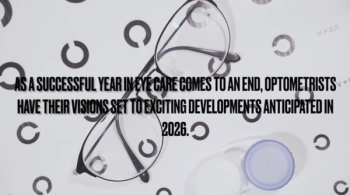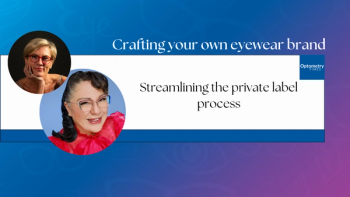
Glaucoma tomograph creates maps of disease
Incorporating a system for the assessment, diagnosis, and management of glaucoma (Heidelberg Retina Tomograph 3, Heidelberg Engineering) in a clinical glaucoma and retinal practice enables the clinician to make better-informed decisions about what therapy to start or maintain to treat patients with either disease.
Key Points
That was the good news for these patients.
The bad news: Optic disc measurements taken on a confocal scanning laser ophthalmoscope system for the assessment, diagnosis, and management of glaucoma ([CSLO] Heidelberg Retina Tomograph 3, Heidelberg Engineering) showed otherwise. The measurements-namely cup-to-disc ratio, mean cup depth, mean height contour, cup volume, reference plane height, smaller rim area, rim area to disc area, and rim volume-all were significantly associated with development of primary open-angle glaucoma. The device's classification of results as "outside normal limits" and its Moorfields Regression Analysis (MRA) also were found to be strong indicators of glaucoma.
The glaucoma perspective
The device serves two important roles in the care of glaucoma patients: making the initial diagnosis and monitoring for progression, said Dr. Fanelli, a private practitioner in Wilmington, NC, who frequently writes and lectures on glaucoma.
The system scans the patient's eye with a beam of light to produce a topographic or surface image of a patient's optic disc. It also measures cup, rim, and retinal nerve fiber layer (RNFL) and stores each patient's images so that the clinician can look for signs of change on follow-up visits. This ability enables the clinician to make a better-informed decision about what therapy to institute or maintain, Dr. Fanelli said.
Two tools enable the practitioner to establish baseline data when making an initial diagnosis. The first, MRA, compares the patient's optic nerve characteristics with a normative database.
A newer measurement (Glaucoma Probability Score, Heidelberg Engieering) is an assessment of the optic nerve without the need for a contour line on the optic nerve scan, a process that is subject to technician error. The score is derived using computer modeling to determine whether the optic nerve has three-dimensional (3-D) characteristics associated with a healthy or diseased optic nerve.
One caveat, however: "It's important to note, though, that MRA and [the score], any imaging system, doesn't tell you whether a patient has glaucoma or not," Dr. Fanelli said. "It only tells you from a statistical perspective: Does this patient's optic nerve statistically look normal or abnormal. So you have to put this into perspective: visual fields, central corneal thickness, and other risk factors. There is not one instrument made that tells you [with] 100% certainty 100% of the time."
A third tool (Topographic Change Analysis, Heidelberg Engineering), helps the practitioner determine whether the patient's condition is stable. This tool uses software for image registration to ensure that the clinician views the exact same area at each follow-up visit and highlights areas that have statistically significant change at the level of the neuroretinal rim or RNFL.
"When you look at the patient over the long run, [is he or she] in fact stable? That is our ultimate question for the long-term care of glaucoma patients," Dr. Fanelli said.
Newsletter
Want more insights like this? Subscribe to Optometry Times and get clinical pearls and practice tips delivered straight to your inbox.













































.png)


